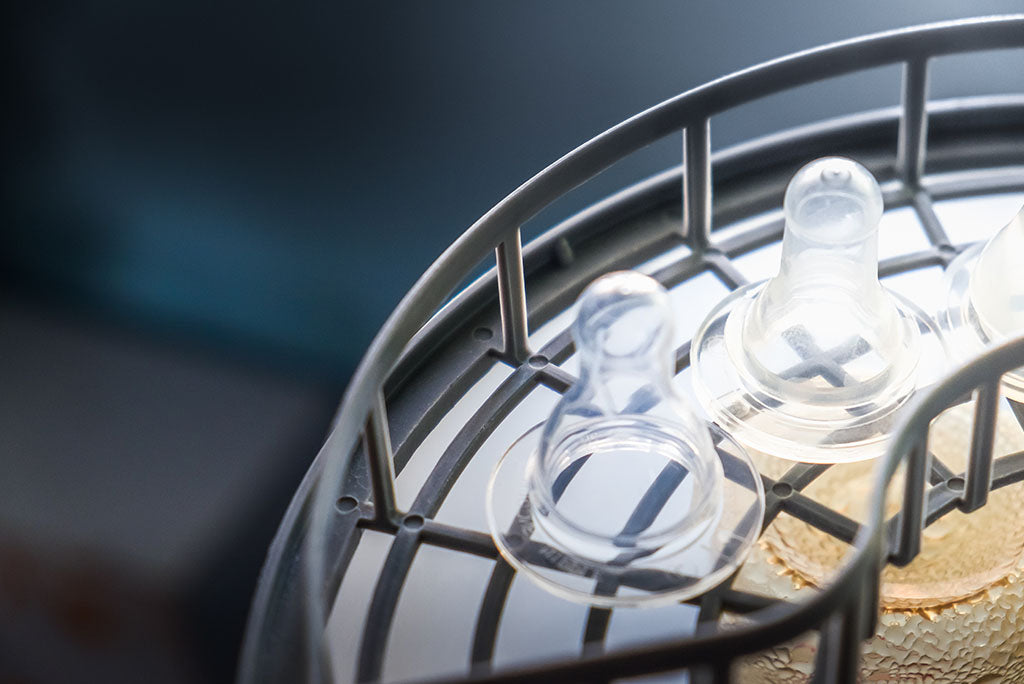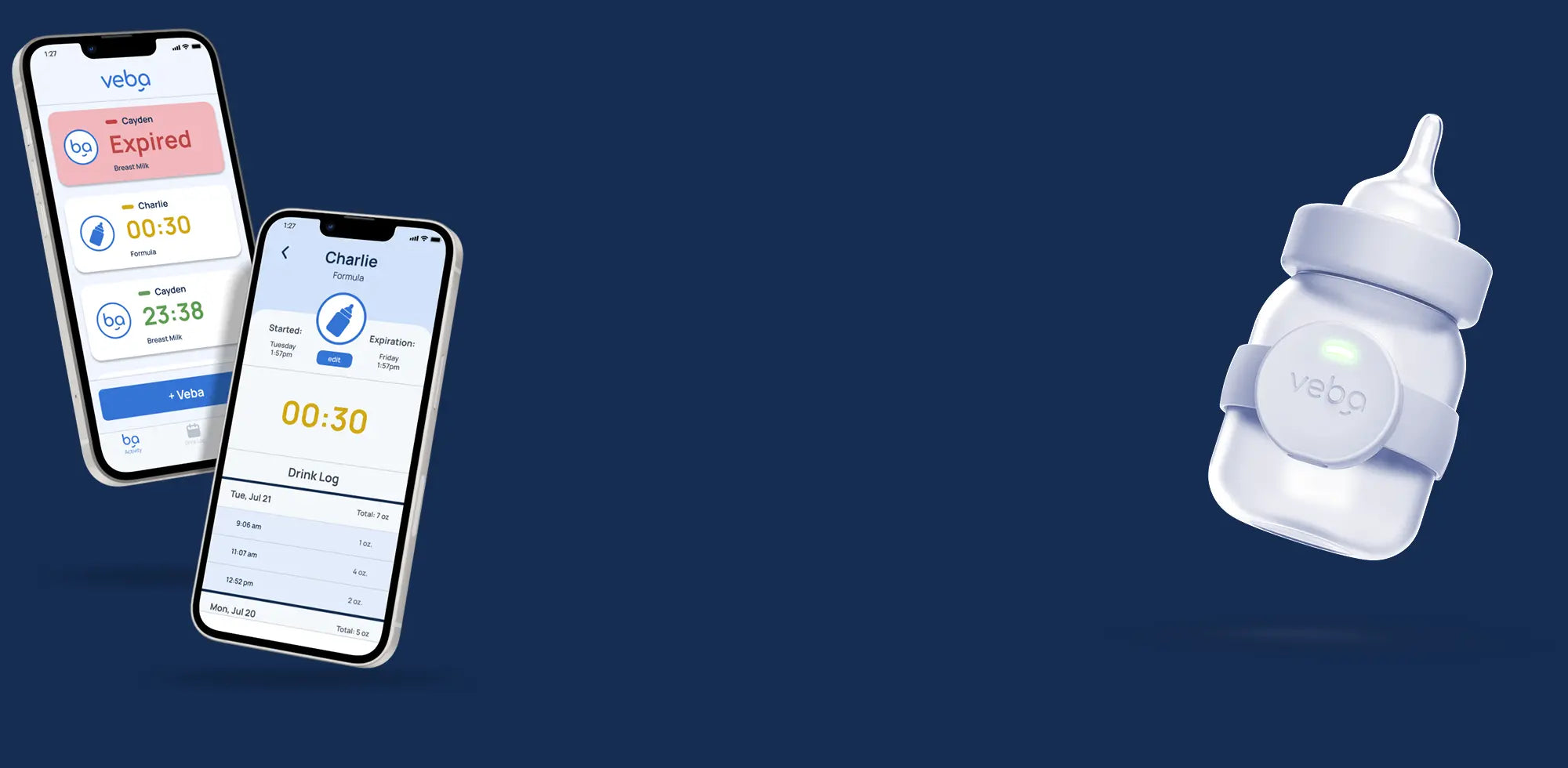Real talk. Knowing all of the ins and outs of feeding your baby can kind of seem like a full time job. We couldn’t relate more. There’s a whole lot to remember! One of which is getting the ideal flow for your baby’s bottle. Well, mamas and papas, you don’t need to worry. We are going to detail exactly what you need to know about when to change nipple flow to make sure that it is like goldilocks for your little one. So, keep reading for all of our best tips for your bottle’s nips!

Know This!
So, what’s the point of paying attention to nipple flow rate anyway? A too slow flow means your baby has to work hard and struggle to get the milk out. A too fast flow means they might have a hard time swallowing so much at once. That’s why most bottle brands offer nipples with different flow rates such as Level 1, Level 2, Level 3, Level 4, Y-Cut or preemie, slow, medium, fast, to offer options that fit your baby’s age range. But keep in mind, the perfect flow rate can also depend on how fast or slow your baby prefers to eat, so the best nipple for them might not match the age range it’s intended for.

Move Up!
Wondering when to increase nipple flow? It might be time to level up if your baby is taking longer to finish feeding, if they are sucking quickly with fewer swallows, if the bottle nipple is collapsing, if they fall asleep while feeding, if they are acting fussy during a feeding, or if they are taking much longer to feed. You might also notice that your baby is eating less at feedings but becomes hungry soon after.
Don’t worry if your little one wants a faster flow earlier than expected, some kiddos are more assertive than others when it comes to their meals. As your little one gets older, you will know to move up in nipple size when they are eating solids, drinking from a sippy, or as your pediatrician recommends thickening their milk.

Slow Down!
Wooooah, slow down there tiger! Your bottle’s nipple flow might be too fast if your baby is swallowing hard, gulping, gagging, coughing, choking, or milk dripping from their mouth, spitting up, drooling more than usual, or refusing the bottle.
A too fast flow can also cause digestive issues if your baby is drinking too quickly and building up tummy bubbles in the process. Note that some babies may be perfectly happy with a slower flow throughout much of their feeding journey. Some babies may even need an even slower flow rate than the one designed for preemies. So, don't hesitate to chat with your pediatrician or look for an “ultra-preemie” nipple.

Just Right!
If your baby is acting like goldilocks, we have a few more tips to help you get it just right! Know that flow rate can also vary between types of nipples and can also depend on the type of liquid you are using. For example, using different types of formula or if the formula thickens.
Keep in mind that the flow might be just right but your baby might just not like the nipple. Switch up the shape, material, or features of the nipple and see if your baby approves. Another factor to keep an eye on is when the nipples get weak or worn out. You’ll notice it changing color, thinning, getting sticky, swelling, cracking or breaking. That means it’s time to get new!
At Veba Baby, we are all about supporting parents with everything they need to give their baby the best nutrition possible. That’s why, in addition to advice on everything from when to change nipple flow to postpartum essentials, we also invented the world’s only smart baby bottle monitor using CDC and WHO guidelines to track the freshness of breast milk and formula in real time. We never want you to have to worry about expiration times again! So, once you’ve got your nipple flow size sorted, visit our blog The Sip for more great tips or shop our products to ensure your baby’s best nutrition and your peace of mind are sorted too!




